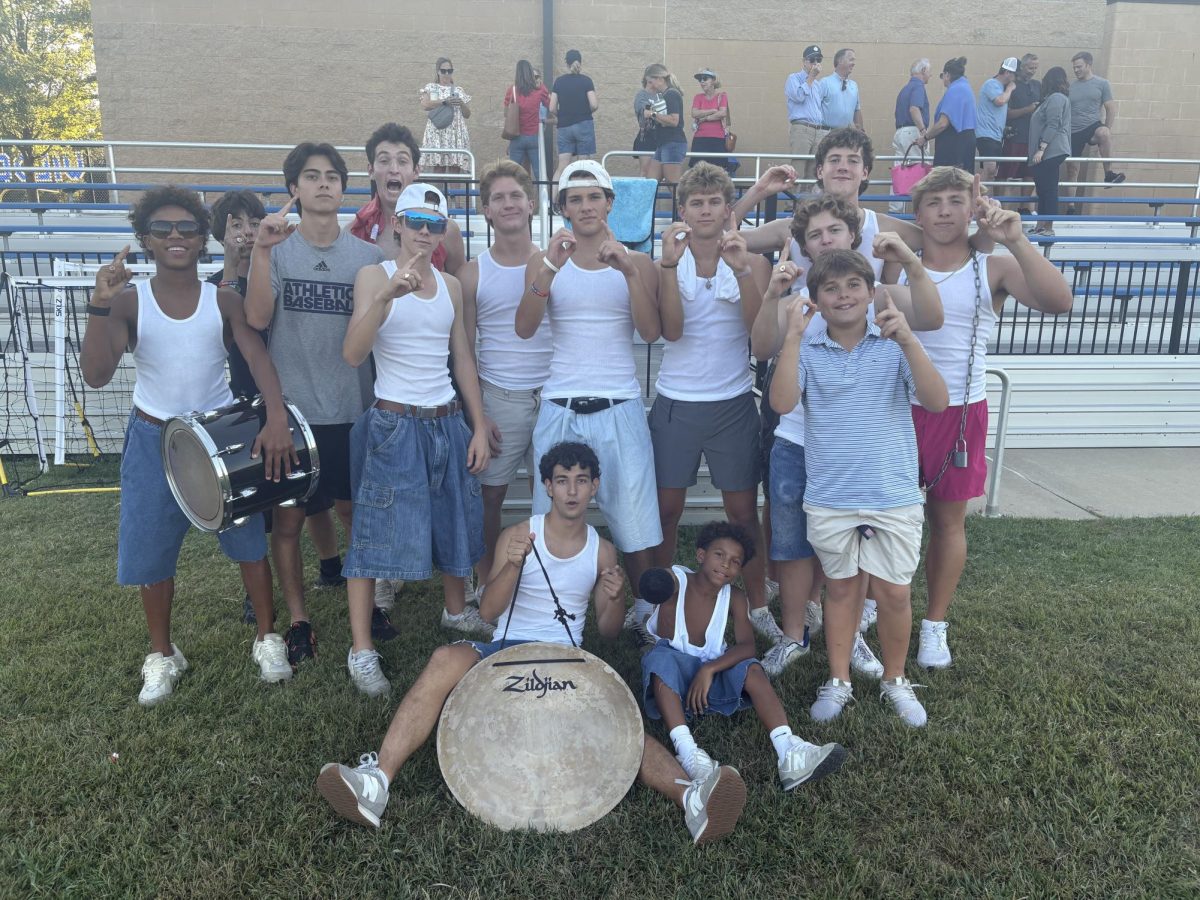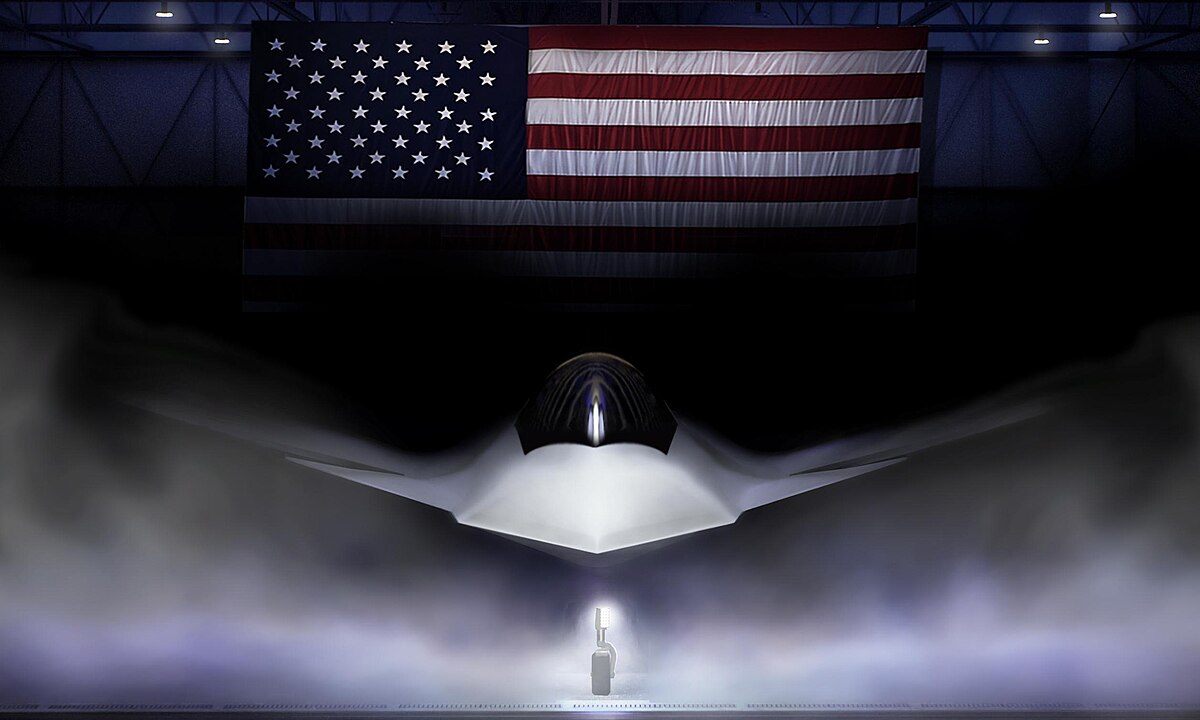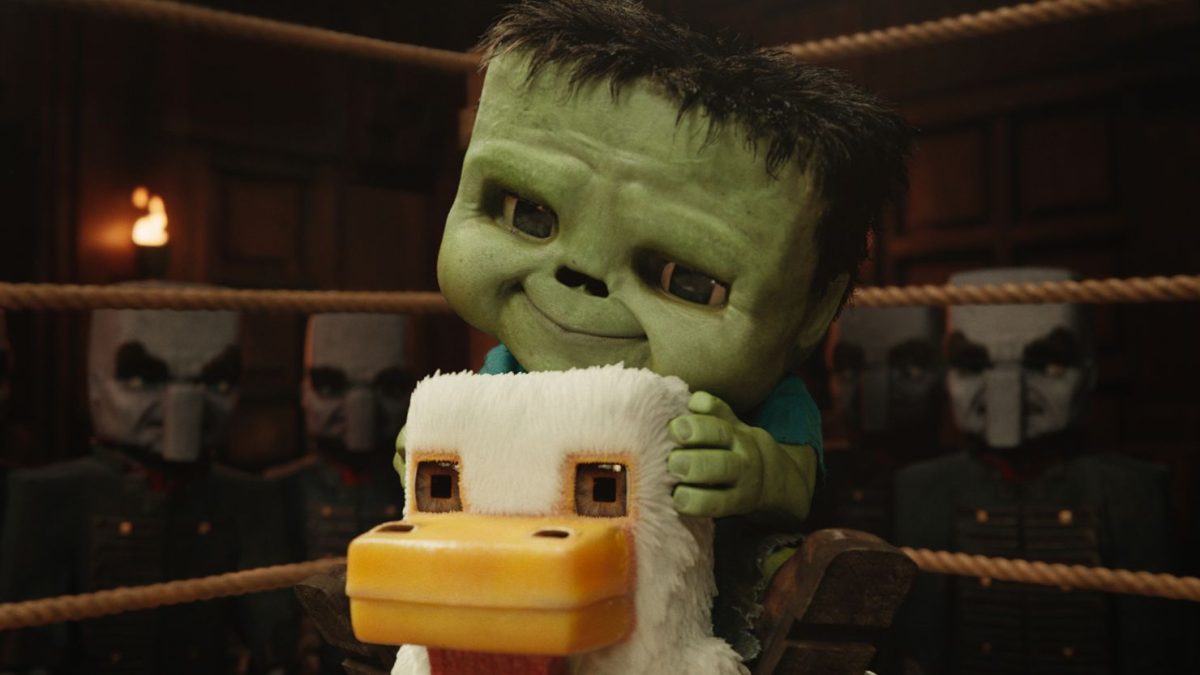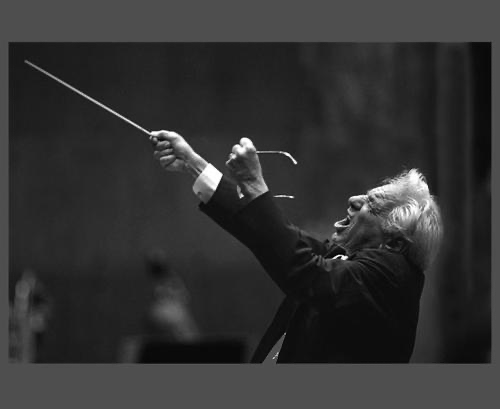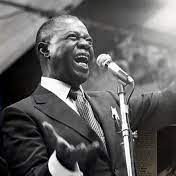
For The Record: Scat Music
Scat, predominantly used in jazz, is the practice of vocal improvisation using wordless, nonsense syllables. In this way a singer can perform a vocal solo, using the voice like an instrument and not a medium for language. If you’re having trouble imagining what this would sound like, think of the original version of “I Wanna Be Like You” recorded in 1967 by jazz trumpeter Louis Prima (King Louie) and Phil Harris (Baloo).
The Jungle Book is far from the first instance of scat, however. The roots of scat are traced back to West African traditions involving percussive patterns being associated with particular syllables. The scat you would hear nowadays, though, was formed in jazz. How scat worked its way into jazz is unclear. It is thought to be a mixture of yodeling, diddling (a similar music style from Scotland and England involving nonsense words), and religious glossolalia (nonsensical speech imitation) such as speaking in tongues. These influences converged, and by the beginning of the 20th century, artists such as Jelly Roll Morton and many other jazz musicians were experimenting with the style that became scat. In 1926 scat found a much more definitive identity with the release of “Heebie Jeebies” by Louis Armstrong, who is credited with modernizing the style. Rumor has it that while recording the song, Louis forgot the lyrics (in some versions, his lyric sheet fell to the ground) and rather than stop and begin again, Louis improvised nonsensical lyrics. During the Great Depression and then into the Bop and Bebop eras of the 40s and 50s, musicians continued to experiment with scat as jazz music grew and branched into different subgenres. Around this time scat’s popularity began to explode, largely due to Ella Fitzgerald’s rolling, saxophone-like vocal solos using the technique.
One of the reasons that scat is so unique and useful is that it allows a singer to improvise a solo just like a pianist or guitar player. Vocalists can use scat to imitate trumpets, saxophones, a standing bass, and more. This was liberating for singers because jazz is a genre driven by improvisation. Vocalists were able to break out of the pre-prescribed melody and enjoy the magic of the moment, which is what jazz is all about, without having to worry about thinking up lyrics.
Around the same time as scat was being developed a style of jazz called vocalese was created. VOCALESE IS NOT SCAT. Whereas scat consists of nonsensical syllables improvised into a melody, vocalese is the practice of writing lyrics to pre-existing improvised recordings. For example, one of the most famous examples of vocalese is Eddie Jefferson’s version of James Moody’s saxophone on a song called “I’m In The Mood For Love.” Jefferson sings the melody that Moody improvised, just with lyrics. Vocalese, however, can still contain an element of improvisation as with almost all jazz.
As jazz declined in popularity during the 60s, scat became rarer and rarer to hear. Some notable songs such as “I Wanna Be Like You,” “We Go Together” from Grease, and “Scatman” by Scatman John (the most annoying song of all time) present exceptions, but scat, unfortunately, has faded deep into the background. As popular music moved into rock and roll, pop, and hip-hop, which are more restrictive on improvisation, scat simply lost its place. Even a genre like hip-hop, which has a substantial improvisational component, is not friendly to scat. If a rapper started freestyling nonsense words, for example, almost any rap fan would say the rapper is terrible. The music industry as a whole now seems to insist on perfection, performing a song exactly the same every time. Nowadays, the only traces of scat music are found in background vocal effects, which artists like Jon Bellion use quite effectively; in die-hard jazz fans with an historical interest; or in two Red Hot Chili Peppers songs.
For better or worse the amount of musical freedom that scat and other forms of jazz provide doesn’t exist in contemporary popular music. Part of this shift is because of modern recording equipment. Before recording equipment became high quality and music was so easy to obtain, artists did not face so much pressure to conform to the recorded version of a song. Now, though, if we go see a band in concert, a popular band especially, we are a little disappointed when it doesn’t sound like the recording on Spotify. Let’s say that you go see a band and the guitar player improvises a solo. You are excited because that solo was special and no one will be able to hear it again, but you are also a little disappointed for the same reason. Does the excitement overpower the disappointment? Vice versa? Were twenty people recording the solo with their phone so that it isn’t even a problem? Do you think that part of why artists are so hesitant to improvise anymore is because they know any mistake will be caught by a sea of phone cameras?
There still is freedom in music. Jazz is still alive and vibrant. Blues bands playing clubs and small venues still improvise solos, even songs. Some pop artists might even improvise in the studio, but definitely not live. Musical freedom still exists, but it is more distinctly separate from popular music than anytime in the last century.
